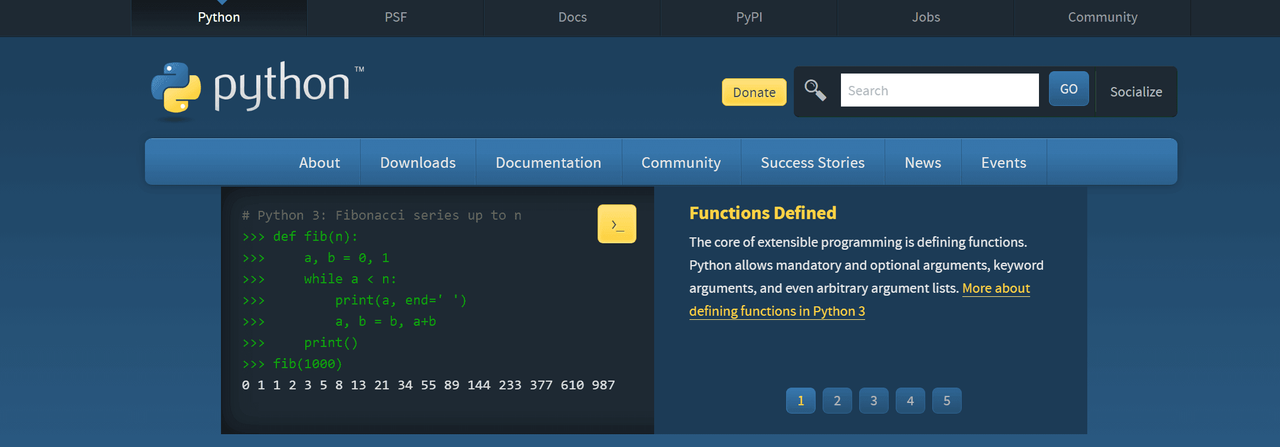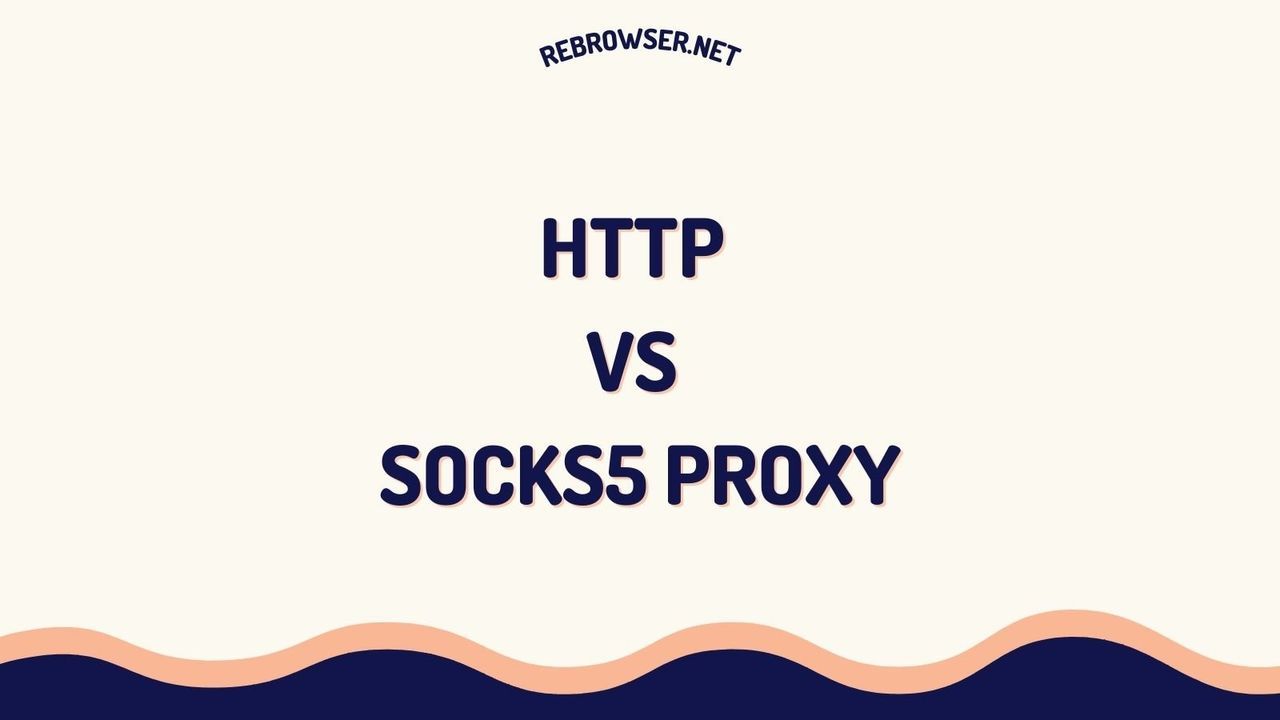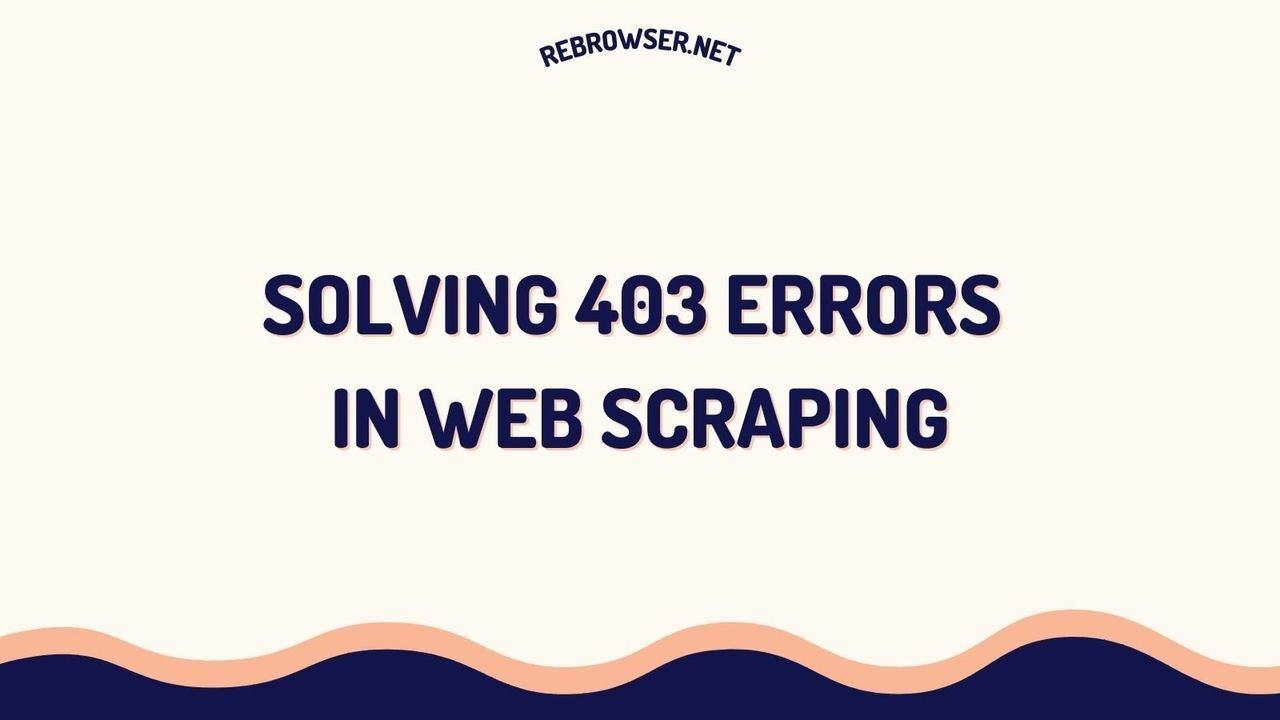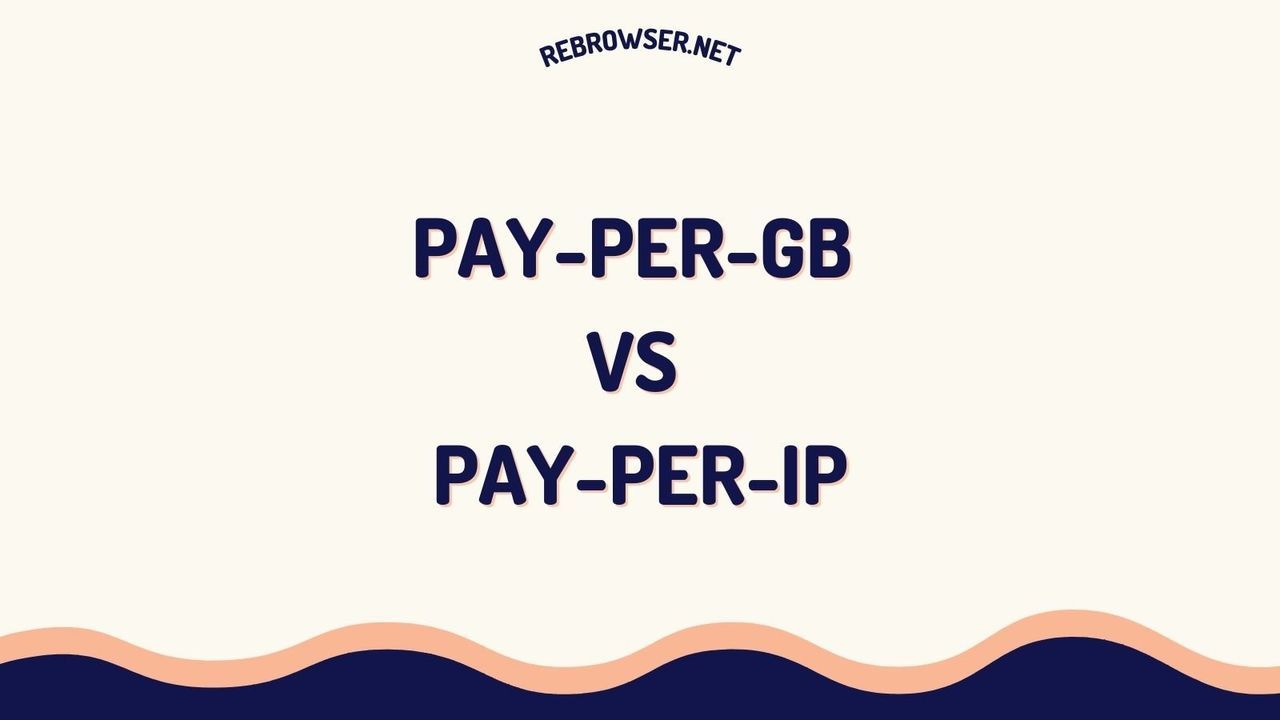Python Requests Proxy Guide: Implementation, Best Practices & Advanced Techniques
Key Takeaways
- Learn how to implement different types of proxies (HTTP, HTTPS, SOCKS) with Python Requests for enhanced web scraping and data collection
- Understand proxy rotation techniques and session management to avoid IP blocks and maintain stable connections
- Master proxy authentication, error handling, and best practices for secure and efficient proxy usage
- Discover how to integrate modern proxy services and manage proxy pools effectively
- Get practical code examples and implementation strategies for real-world scenarios
Introduction
In today's data-driven world, the ability to collect web data efficiently and securely is crucial. Whether you're scraping websites, accessing geo-restricted content, or managing multiple network connections, understanding proxy implementation in Python is essential. This comprehensive guide covers everything from basic proxy setup to advanced techniques, helping you build robust and reliable proxy-enabled applications.
Understanding Proxy Types and Their Use Cases
Types of Proxies
- HTTP/HTTPS Proxies: Standard proxies for web traffic, with HTTPS offering encrypted connections
- SOCKS Proxies: More flexible protocol supporting various types of traffic
- Residential Proxies: IPs from real internet service providers
- Datacenter Proxies: High-speed IPs from cloud providers
- Mobile Proxies: IPs from mobile network operators
When to Use Different Proxy Types
| Proxy Type | Best For | Considerations |
|---|---|---|
| HTTP/HTTPS | Web scraping, General browsing | Most common, good balance of speed and reliability |
| SOCKS | Applications requiring protocol flexibility | Requires additional setup but more versatile |
| Residential | High-security requirements, avoiding blocks | More expensive but more reliable |

Basic Proxy Implementation with Python Requests
Setting Up Your Environment
First, install the required packages:
pip install requests pip install requests[socks] # For SOCKS proxy support
Basic HTTP/HTTPS Proxy Configuration
import requests
proxies = {
'http': 'http://proxy.example.com:8080',
'https': 'https://proxy.example.com:8080'
}
response = requests.get('https://api.ipify.org?format=json', proxies=proxies)
print(response.json())
Authentication with Proxies
proxies = {
'http': 'http://username:[email protected]:8080',
'https': 'https://username:[email protected]:8080'
}
Advanced Proxy Techniques
Implementing Proxy Rotation
Here's a modern approach to proxy rotation using a proxy pool:
import random
from typing import List, Dict
class ProxyRotator:
def __init__(self, proxy_list: List[str]):
self.proxies = proxy_list
self.current_index = 0
def get_proxy(self) -> Dict[str, str]:
proxy = self.proxies[self.current_index]
self.current_index = (self.current_index + 1) % len(self.proxies)
return {
'http': proxy,
'https': proxy
}
def remove_proxy(self, proxy: str) -> None:
if proxy in self.proxies:
self.proxies.remove(proxy)
self.current_index = self.current_index % len(self.proxies)
Session Management with Proxies
with requests.Session() as session:
session.proxies = proxies
response = session.get('https://api.example.com/data')
Error Handling and Best Practices
Common Proxy Errors and Solutions
try:
response = requests.get(url, proxies=proxies, timeout=10)
response.raise_for_status()
except requests.exceptions.ProxyError:
print("Proxy connection failed")
except requests.exceptions.ConnectionError:
print("Connection error")
except requests.exceptions.Timeout:
print("Request timed out")
except requests.exceptions.RequestException as e:
print(f"An error occurred: {e}")
Integration with Modern Proxy Services
Using Commercial Proxy Services
Modern proxy services offer additional features like automatic rotation and geographic targeting. Here's an example using a proxy service API:
import requests
from typing import Dict
class ProxyService:
def __init__(self, api_key: str):
self.api_key = api_key
self.base_url = 'https://proxy-service.example.com/v1'
def get_proxy(self, country: str = None) -> Dict[str, str]:
params = {'api_key': self.api_key}
if country:
params['country'] = country
response = requests.get(f"{self.base_url}/proxy", params=params)
proxy_data = response.json()
return {
'http': f"http://{proxy_data['host']}:{proxy_data['port']}",
'https': f"https://{proxy_data['host']}:{proxy_data['port']}"
}
Best Practices and Optimization Tips
- Connection Pooling: Use session objects to reuse connections and improve performance
- Timeout Settings: Always set appropriate timeouts to handle slow or failed connections
- Proxy Validation: Implement proxy testing before using them in production
- Rate Limiting: Implement delays between requests to avoid overloading servers
- Error Recovery: Implement retry mechanisms for failed requests
Real-World Example: Web Scraping with Proxy Rotation
import time
from typing import Optional
class WebScraper:
def __init__(self, proxy_rotator: ProxyRotator):
self.proxy_rotator = proxy_rotator
self.session = requests.Session()
def scrape_url(self, url: str, max_retries: int = 3) -> Optional[str]:
for attempt in range(max_retries):
proxy = self.proxy_rotator.get_proxy()
self.session.proxies = proxy
try:
response = self.session.get(url, timeout=10)
response.raise_for_status()
return response.text
except requests.exceptions.RequestException as e:
print(f"Attempt {attempt + 1} failed: {e}")
time.sleep(2 ** attempt) # Exponential backoff
return None
Future Trends and Developments
The proxy landscape is evolving with new technologies and approaches:
- AI-Powered Proxy Selection: Machine learning algorithms to optimize proxy selection and rotation
- Blockchain-Based Proxies: Decentralized proxy networks for enhanced privacy and security
- IPv6 Adoption: Increased availability of IPv6 proxies offering more IP addresses
Community Insights and Debates
Discussions across Reddit, Stack Overflow, and various technical forums reveal interesting perspectives on proxy implementation in Python. Many developers emphasize that before jumping into proxy solutions, it's worth evaluating whether you actually need them. Some experienced developers suggest that for moderate scraping tasks (around one request per second), simple rate limiting might be sufficient without requiring proxy infrastructure.
When it comes to proxy services, the community is divided on cost-effectiveness. While some developers advocate for premium services like Oxylabs or Smartproxy for their reliability and performance, others propose more budget-friendly alternatives. An interesting trend noted in recent discussions is that previously expensive proxy services are becoming more accessible, with residential proxies now available for less than $10 per GB with flexible, non-binding plans. This shift has made enterprise-grade proxy solutions more accessible to individual developers and small teams.
A controversial yet practical alternative suggested by several developers is using VPN services instead of dedicated proxies. While this approach requires more manual management, some developers have successfully automated VPN server switching through scripts, making it a cost-effective solution for projects with moderate scraping needs. However, this method has limitations for large-scale operations and may require more complex error handling and retry mechanisms.
The community generally agrees that the choice between proxy types (residential, datacenter, or VPN) should be based on specific use cases rather than following a one-size-fits-all approach. For instance, while residential proxies are often recommended for their reliability in avoiding blocks, datacenter proxies might be sufficient for less sensitive scraping tasks, especially when combined with proper rate limiting and rotation strategies.
Conclusion
Implementing proxies in Python Requests is a crucial skill for modern web development and data collection. By following the best practices and implementation strategies outlined in this guide, you can build robust, efficient, and secure proxy-enabled applications. Remember to stay updated with the latest developments in proxy technology and always prioritize ethical usage and compliance with website terms of service.





